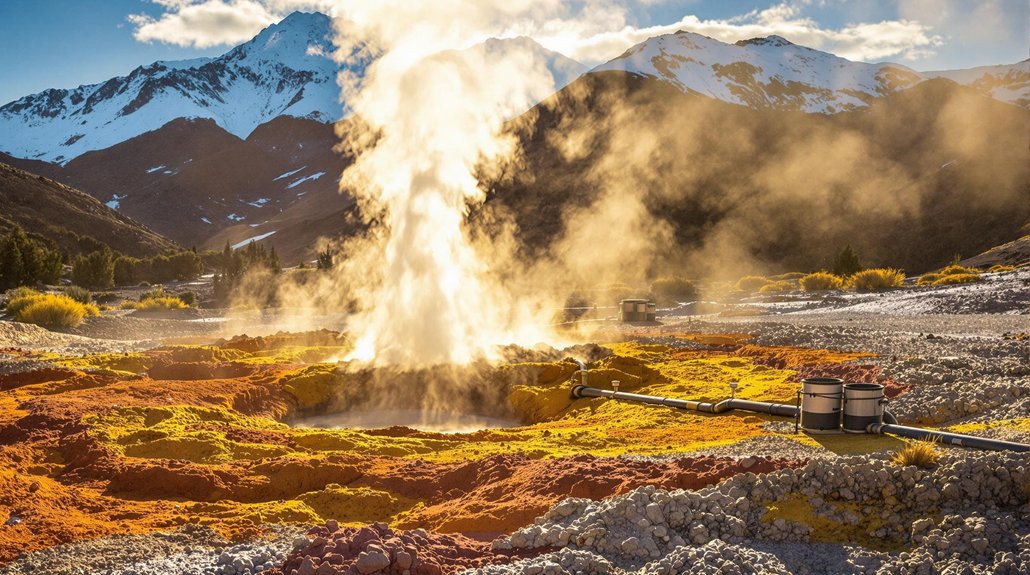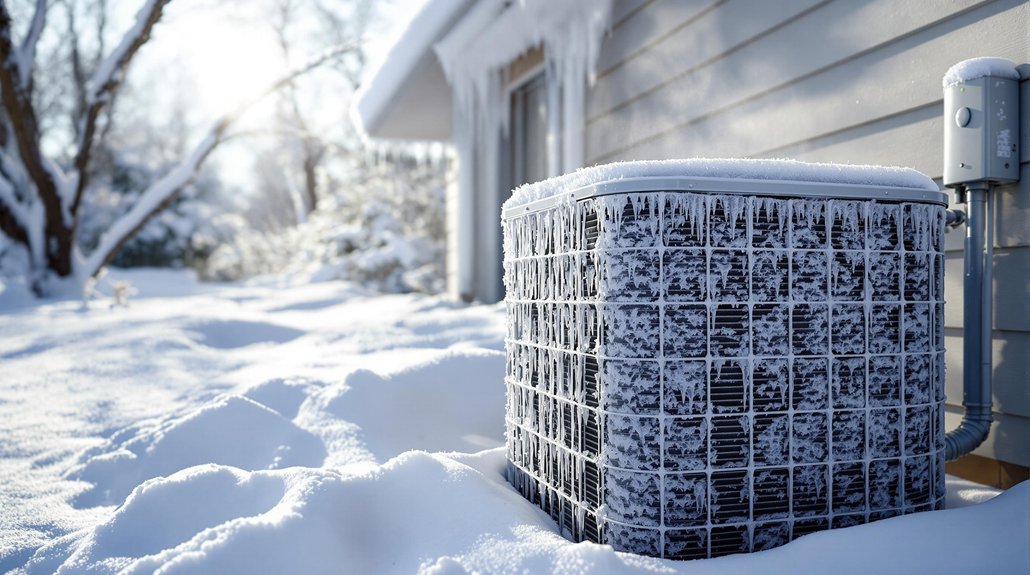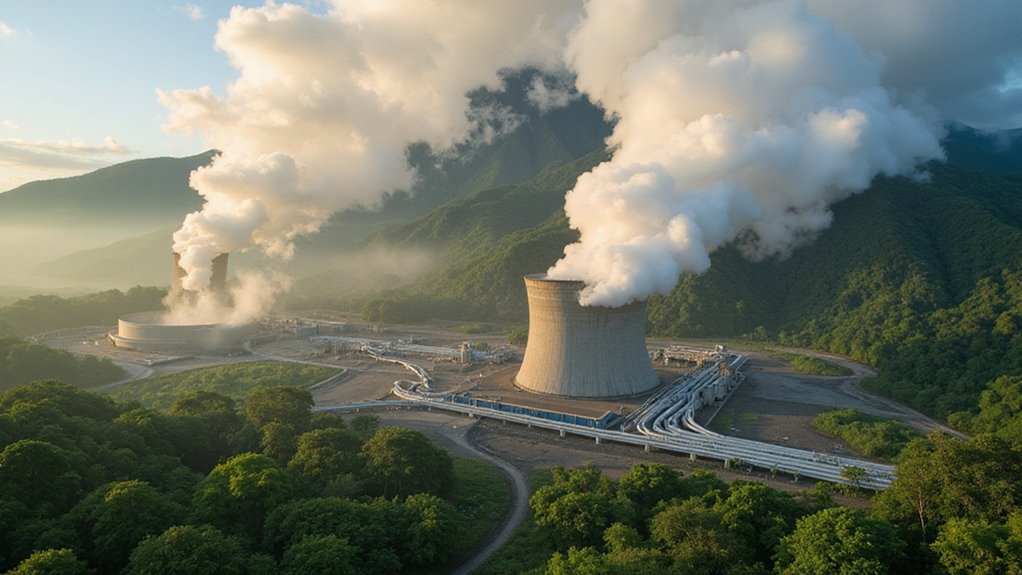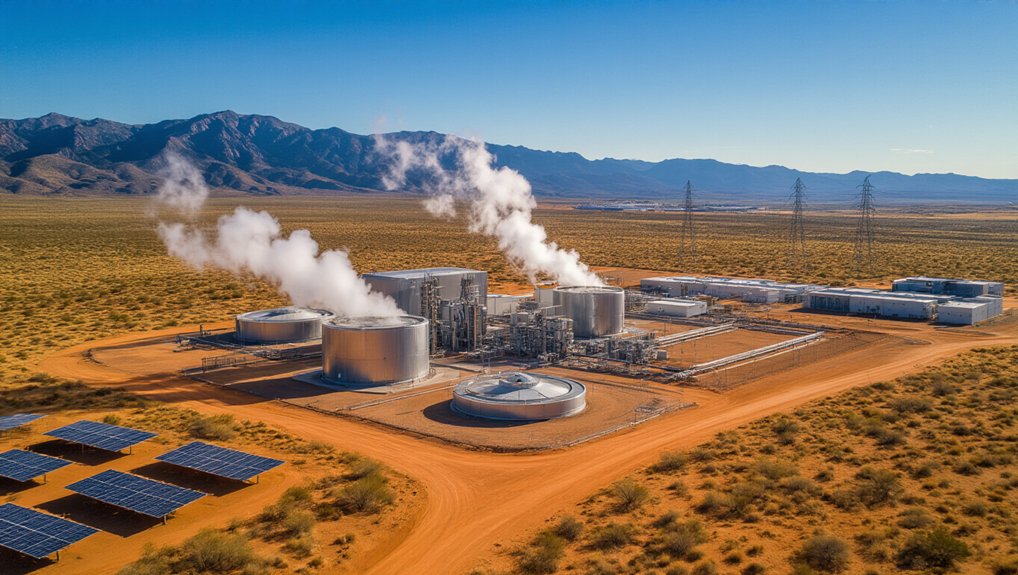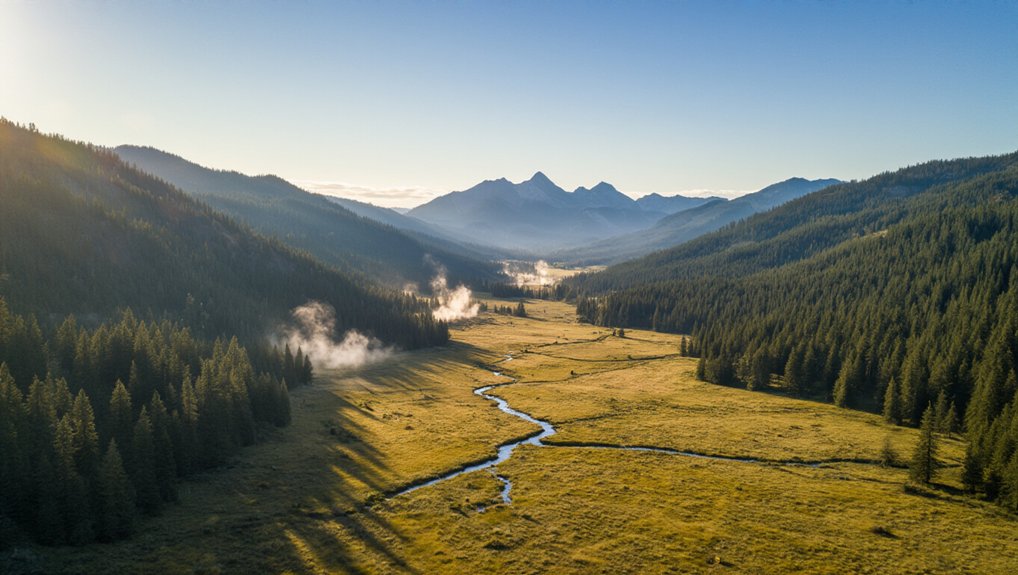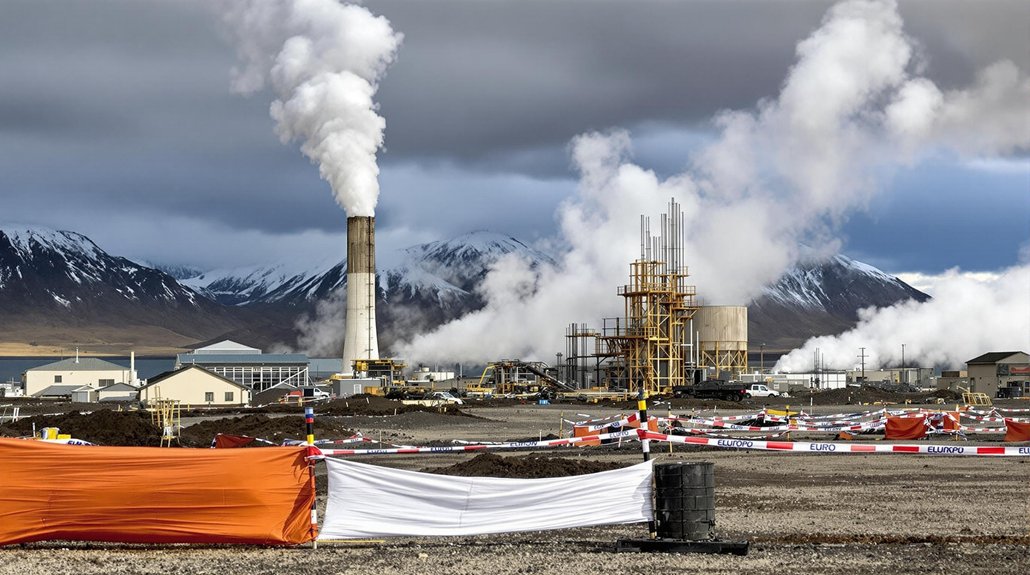Colorado sits on an enormous energy goldmine that most people don’t know about. The state holds 95% of America’s untapped geothermal energy potential. This clean power source could help fight climate change by replacing fossil fuels. But there’s a problem. Climate change itself threatens these underground heat reservoirs. Rising temperatures and water shortages could disrupt the delicate conditions needed for geothermal energy production. What happens if this clean energy treasure slips away?
While the United States looks for clean energy solutions, Colorado stands out as a geothermal powerhouse. The state holds 95% of the nation’s geothermal potential, shared with five other Western states. This vast resource could provide reliable, clean power for thousands of homes across the region.
Geothermal energy is both affordable and efficient. It costs between 6 and 9 cents per kilowatt-hour, making it competitive with other energy sources. A single geothermal system with 10 megawatts capacity can power about 8,000 homes. The energy comes from water or steam heated to temperatures between 300°F and 700°F deep underground.
Colorado has recently increased its focus on geothermal development. The “Heat Beneath our Feet” initiative has brought new attention to this resource. The campaign actively works to educate communities about Colorado’s geological wealth and potential benefits. In 2024, the state allocated $7.7 million to 35 geothermal projects. The Colorado legislature also approved House Bill 1381, creating a $12 million grant program for further development.
The state’s geothermal energy has many uses. Heat pumps can warm and cool buildings efficiently. Direct-use systems provide heat for industry. Binary plants generate electricity from moderate temperature resources, while high-temperature plants enable large-scale power production. Colorado Mesa University demonstrates this practical application by using geothermal systems for 70% of needs with plans to expand.
The benefits extend beyond energy production. Geothermal power emits far fewer greenhouse gases than fossil fuels. It offers stable, reliable power that complements wind and solar energy. It also creates local jobs and helps reduce utility bills. With its impressive 95% availability factor, geothermal energy provides consistent electricity generation regardless of weather conditions or time of day.
Despite its potential, geothermal energy faces challenges. Regulatory delays have slowed funding distribution. Some local communities oppose new plants. High upfront costs remain a barrier, and public awareness is limited.
Technology is helping overcome these obstacles. Enhanced geothermal systems can now tap previously inaccessible heat. Advanced drilling techniques have improved efficiency. New monitoring systems guarantee safety and performance.
As Colorado confronts climate change, its vast geothermal resources offer a promising path forward. With continued investment and innovation, the state could transform its underground heat into a cornerstone of clean energy production.
